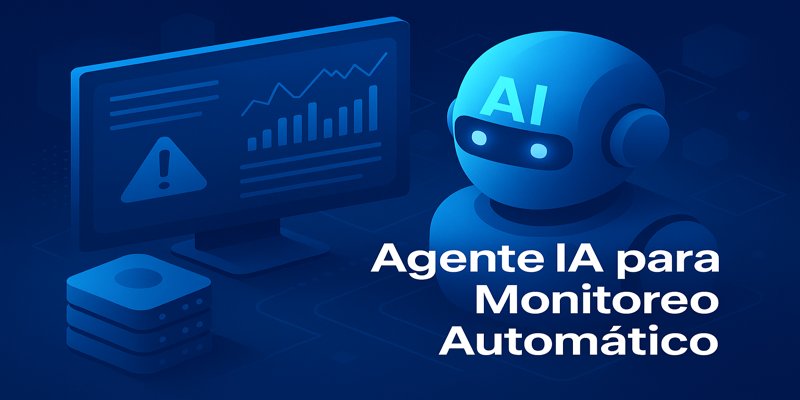
Why is it crucial to optimize your ETL pipelines?
In today's big data ecosystem, ETL pipelines process massive volumes of information daily. A poorly optimized pipeline can result in:
- High costs: Up to 300% more in cloud resources
- Excessive latency: Outdated reports that affect decision-making
- Frequent failures: Pipelines that break with data spikes
- Loss of trust: Inconsistent data that generates business distrust
Proven Optimization Strategies
1. Intelligent Parallelization
The key is identifying operations that can run in parallel without dependencies:
Parallelization Strategy with Modern Orchestrators
1. Parallel Extraction
- Sales: Independent extraction from sales systems
- Inventory: Simultaneous reading from inventory databases
- Customers: Parallel retrieval from CRM data
2. Distributed Transformation
- No cross-dependencies: Each flow processes independently
- Horizontal scaling: Multiple workers process in parallel
- Checkpoints: Recovery points for efficient retries
3. Optimized Loading
- Bulk inserts: Batch insertion instead of record-by-record
- Partitioning: Intelligent load distribution
- Post-load validation: Parallel integrity verification
2. Strategic Partitioning
Dividing data into logical partitions can reduce processing time by up to 80%:
- By date: Process only new or modified data
- By region: Parallelize by geographic location
- By size: Separate large from small records
3. Memory Optimization
Efficiently managing memory prevents OOM errors and improves performance:
Chunk Processing
- Split large files: Process in blocks of 10K-100K records
- Stream processing: Read and process data without loading everything in memory
- Proactive release: Clean memory after each chunk
Compression Techniques
- Columnar storage: Parquet/ORC to reduce size by up to 90%
- Optimized data types: Use more efficient types (int8 vs int64)
- Duplicate elimination: Early deduplication in the pipeline
Success Case: 75% Reduction in Processing Time
Client: E-commerce company with 10M+ daily transactions
Problem: ETL pipeline taking 6 hours to process daily data, affecting critical morning reports.
Solution implemented:
- Parallelization of 12 independent data sources
- Partitioning by hour and region
- Smart cache implementation for reference data
- SQL query optimization with strategic indexes
Results:
- ⏰ Processing time: From 6 hours to 1.5 hours
- 💰 Cost reduction: 60% less in cloud resources
- 🎯 Availability: 99.9% vs 87% previous
- 📊 ROI: $180,000 annual operational savings
Recommended Tools and Technologies
For Batch Pipelines
- Apache Spark: Distributed in-memory processing
- Apache Airflow: Orchestration and monitoring
- dbt: Modular and testable SQL transformations
For Streaming Pipelines
- Apache Kafka: Real-time data ingestion
- Apache Flink: Complex stream processing
- AWS Kinesis: Managed streaming solution
Proactive Monitoring and Alerts
An optimized pipeline must include continuous monitoring:
- Performance metrics: Execution time, throughput, resource usage
- Data quality: Automatic validations and anomaly alerts
- SLA tracking: Service level agreement compliance
- Smart alerts: Trend-based notifications, not just thresholds
Conclusion
ETL pipeline optimization is not a one-time project, but a continuous improvement process. The techniques presented have consistently demonstrated significant reductions in costs and processing times.
Need to optimize your ETL pipelines? At Napoli Data, we've helped over 50 companies transform their data processes, achieving average savings of 65% in operational costs.